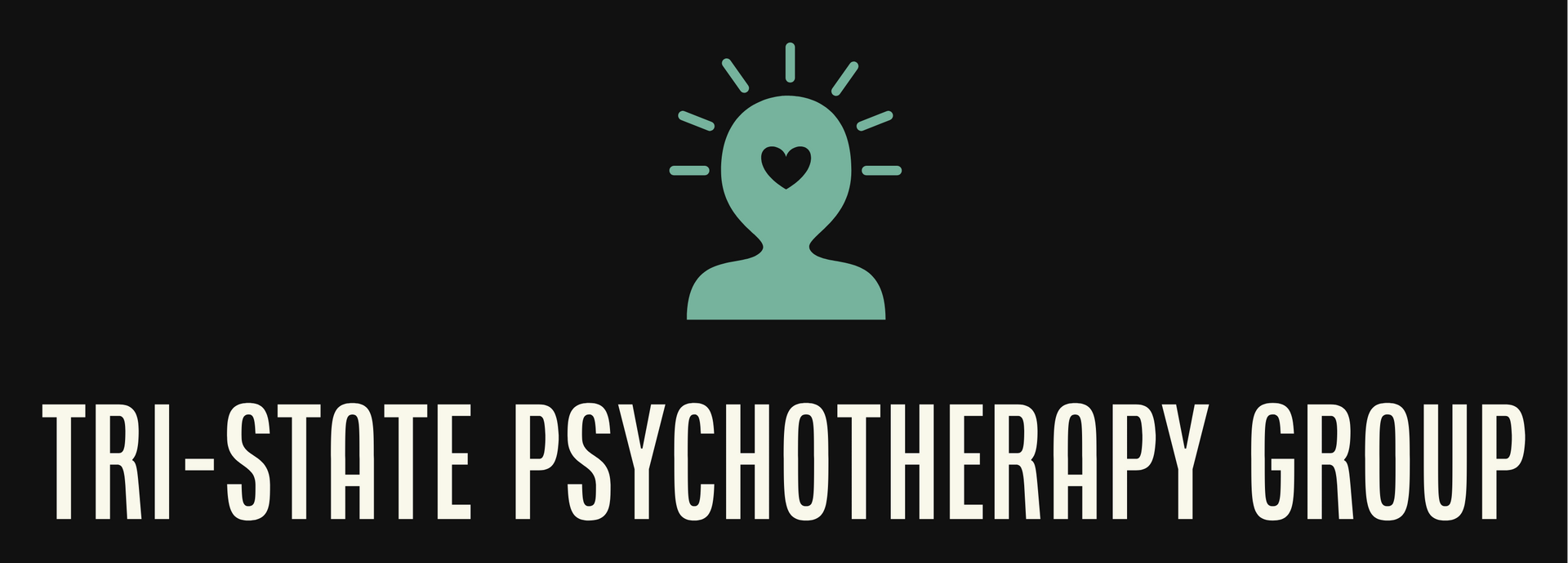Decoding Mental Wellness: Why Mental Health Providers Use Measurement Tools to Chart Your Journey
Stepping into therapy, you might find yourself handed a questionnaire or two, like the PHQ-9 for depression or the GAD-7 for anxiety, and think, "Great, homework!" It's a common reaction. You're there to unpack the heavy stuff, to dive deep into conversation, not to tick boxes about how often you've felt down in the past two weeks. But here's the thing – while it might feel like an extra, maybe even annoying step, these tools are secretly superheroes in the realm of mental health.
Let's face it, opening up to a therapist can be daunting. You're navigating this complex world of emotions and experiences, trying to articulate the whirlwind inside. Then, you're asked to quantify those feelings on a scale. It feels a bit off, right? Like trying to measure the ocean with a ruler. But these questionnaires, as dry as they may seem, are like the compass that helps navigate that vast ocean. They don't diminish the depth of your experiences but give you and your therapist a common starting point.
Think of it this way: you wouldn't start a road trip without knowing your starting location. Similarly, understanding where you're at mentally when you begin therapy provides a map of sorts. It's not just about slapping a score on your feelings; it's about establishing a baseline. This baseline is crucial. It's the "You Are Here" marker on your personal journey to better mental health. With it, your therapist can tailor their approach more precisely to fit your needs, charting a course that's uniquely yours.
But here’s the real magic – these numbers turn into a narrative of your progress. It's one thing to feel better; it's another to see it reflected back to you in black and white. Watching your scores change over time can be incredibly affirming. It's tangible proof that the conversations, the strategies, and maybe even the tears, are all part of moving forward. It's a way of tracking your journey that adds an extra layer of motivation and validation to the therapy process.
And let's not overlook the power of collaboration these tools bring to the table. Therapy isn't a spectator sport; it's a partnership. By bringing these measurement tools into the mix, you're not just talking at your therapist; you're working with them. Together, you'll use these scores as signposts, checking in on your progress and adjusting the plan as you go. It turns therapy into a more dynamic, interactive process where you're an active participant in your own healing.
In the whirlwind of emotions that therapy can sometimes stir up, these questionnaires offer a moment of clarity. Yes, filling them out might feel like a formality, a bit of administrative tedium before the real work begins. But in truth, they're laying the groundwork for a personalized, effective therapy experience. They ensure that your therapy sessions are more than just conversations; they're stepping stones on a well-mapped path to wellness.
So next time you're handed a PHQ-9 or GAD-7, remember, it's not just a form. It's the beginning of a conversation, a way to turn the intangible into something measurable, and a step towards a therapy journey that's as unique and nuanced as you are. In the grand scheme of things, it's a small task with a big impact, making it a little less "homework" and a lot more "tool for transformation."

